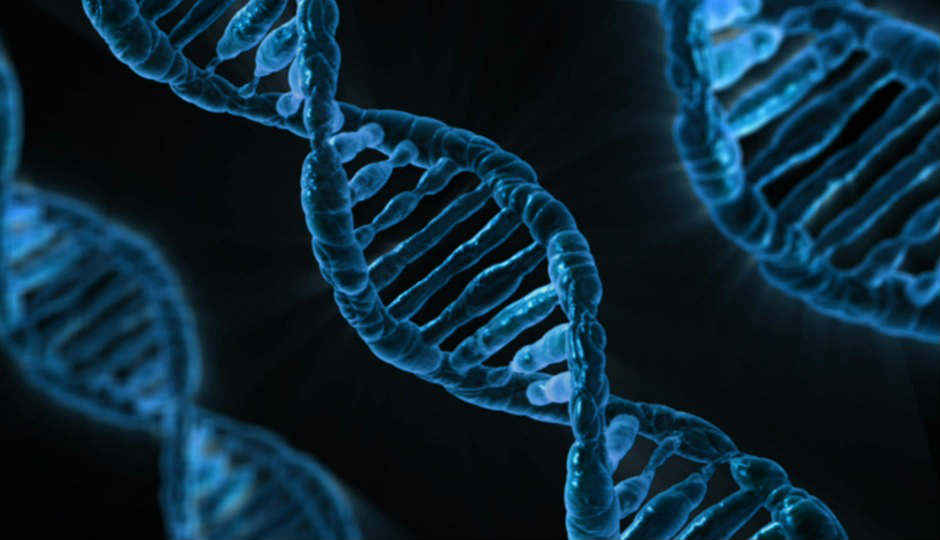Microsoft is buying ten million strands of DNA for storing data
Microsoft to investigate and experiment with DNA to store data; the data density in question is about 1,000,000,000 TB in 1 gram

Microsoft is buying ten million strands of DNA from startup firm Twist Bioscience, to examine the use of genetic material to store data. The data density of DNA is multiple times higher than today’s conventional storage systems. DNA can store 1 billion terabytes (1 zettabyte) of data in 1 gram, and its lifespan is measurable in millennia. DNA is robust, with fragments thousands of years old still being successfully sequenced. These properties make it a significant choice for long-time data archiving.
 Survey
SurveyThe difficult task is to write to and read from DNA. Twist does the writing by custom producing strings of DNA using its special machine, and a custom DNA sequence costs 10₵ per base. But, using DNA for storage is a new area for Twist. Reading data needs genetic sequencing. The cost for this process has considerably decreased over the last two decades. The Human genome project (1990-2003) cost $3 billion, and the same task can be done for $1,000 at present.
Twist makes silicon-based synthesized DNA strands, which according to CEO Emily Leproust, “offers unmatched scale and product quality that vastly accelerates the ability to write DNA at a cost enabling data storage.” At a recent IEEE interview, she said that it is not hard to synthesize DNA strands, but the trick is to automate the process to build scale. Twist uses the same technique of etching that computer chip manufacturers use for writing data.
“As our digital data continues to expand exponentially, we need new methods for long-term, secure data storage,” said Doug Carmean of Microsoft’s technology and research organization. Microsoft stated that its initial trials with Twist had shown that the process allowed full retrieval of encoded data from the DNA. If this technology becomes commercially feasible, then soon in future, long-time data archiving could use life (genetic material) as the medium of data storage.